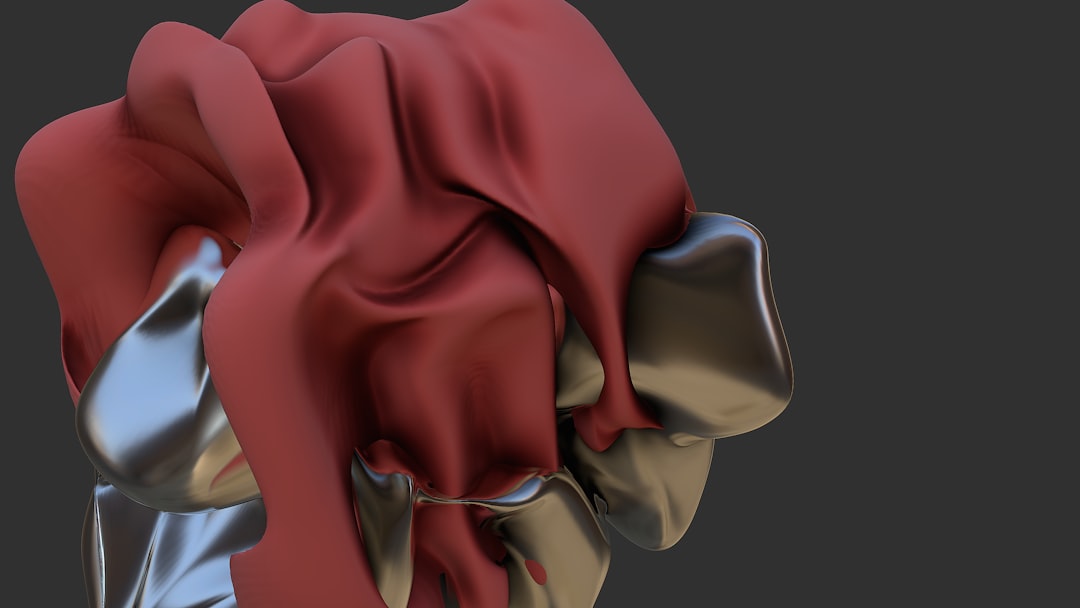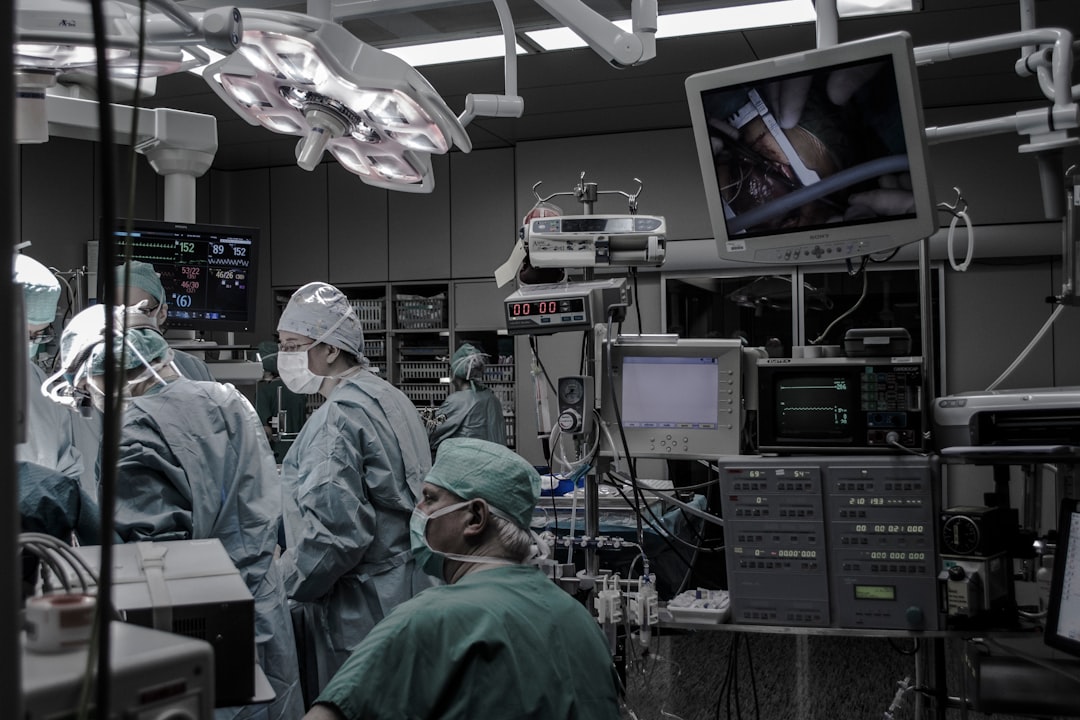Open Dental Anatomy history: A Comprehensive Technical Evolution
Open Dental Anatomy has become a household name in the field of dentistry, especially when it comes to dental visualization and education. But have you ever wondered how this powerful tool came into existence? In this article, we will delve into the history of Open Dental Anatomy, from its humble beginnings to its current status as a global dental visualization platform.
The Genesis of Open Dental Anatomy
Open Dental Anatomy was initially developed as a research software in the early 2000s. The primary goal was to create a tool that could help dental professionals and students understand the complexities of dental anatomy. The software was designed to provide an interactive and immersive experience, allowing users to explore the dental anatomy in 3D.
The early version of Open Dental Anatomy was met with enthusiasm from the dental community. However, it was not without its limitations. The software was only available for Windows, and it required a significant amount of computational power to run smoothly. Despite these limitations, Open Dental Anatomy continued to evolve and improve.
The Evolution of Open Dental Anatomy Dentistry
Over the years, Open Dental Anatomy has undergone significant transformations. The software has been rewritten from scratch several times, with each iteration bringing new features and improvements. One of the major milestones in the history of Open Dental Anatomy was the transition to a free and open-source model.
This move allowed the software to reach a wider audience and encouraged collaboration from the global dental community. Today, Open Dental Anatomy is used by dental professionals and students all over the world. The software has become an essential tool for dental education and has helped to improve patient outcomes.
Open Dental Anatomy vs Legacy Tools
So, how does Open Dental Anatomy compare to legacy tools? The answer lies in its flexibility and customization options. Unlike legacy tools, Open Dental Anatomy allows users to create custom 3D models and share them with others. This feature has revolutionized the way dental professionals communicate with patients and has improved patient education.
| Feature | Open Dental Anatomy | Legacy Tools |
|---|---|---|
| Customization Options | High | Low |
| 3D Visualization | Advanced | Basic |
| Cost | Free | Expensive |
Conclusion
In conclusion, the history of Open Dental Anatomy is a testament to the power of innovation and collaboration. From its humble beginnings as a research software to its current status as a global dental visualization platform, Open Dental Anatomy has come a long way. As the dental industry continues to evolve, Open Dental Anatomy is poised to remain at the forefront of dental education and visualization.
| Year | Event | Description |
|---|---|---|
| 2000 | Initial Release | Open Dental Anatomy was first released as a research software. |
| 2010 | Transition to Open-Source | Open Dental Anatomy became a free and open-source software. |
| 2020 | Global Adoption | Open Dental Anatomy became a widely adopted tool in the dental industry. |
The future of Open Dental Anatomy looks bright, with ongoing development and improvements. As the dental industry continues to evolve, Open Dental Anatomy is poised to remain at the forefront of dental education and visualization.




